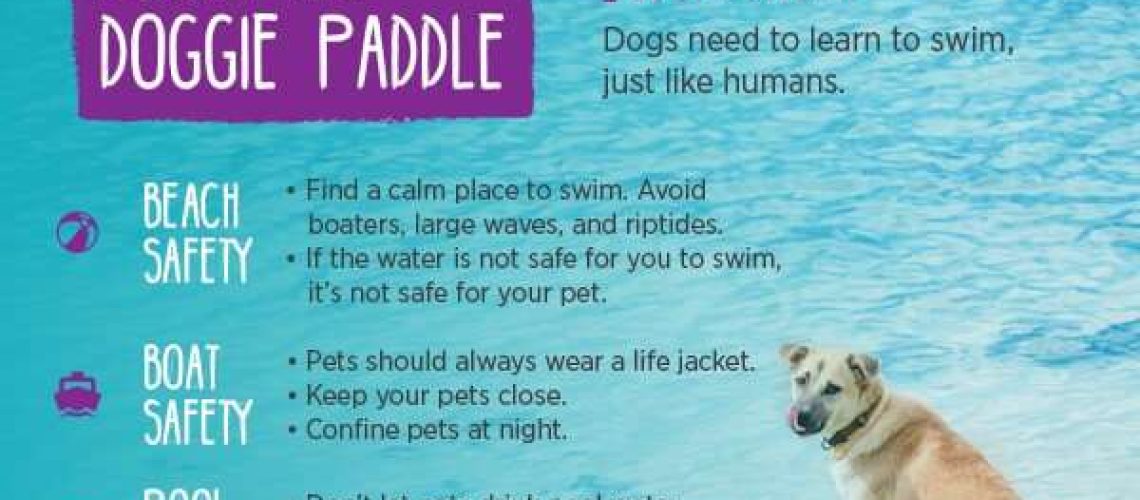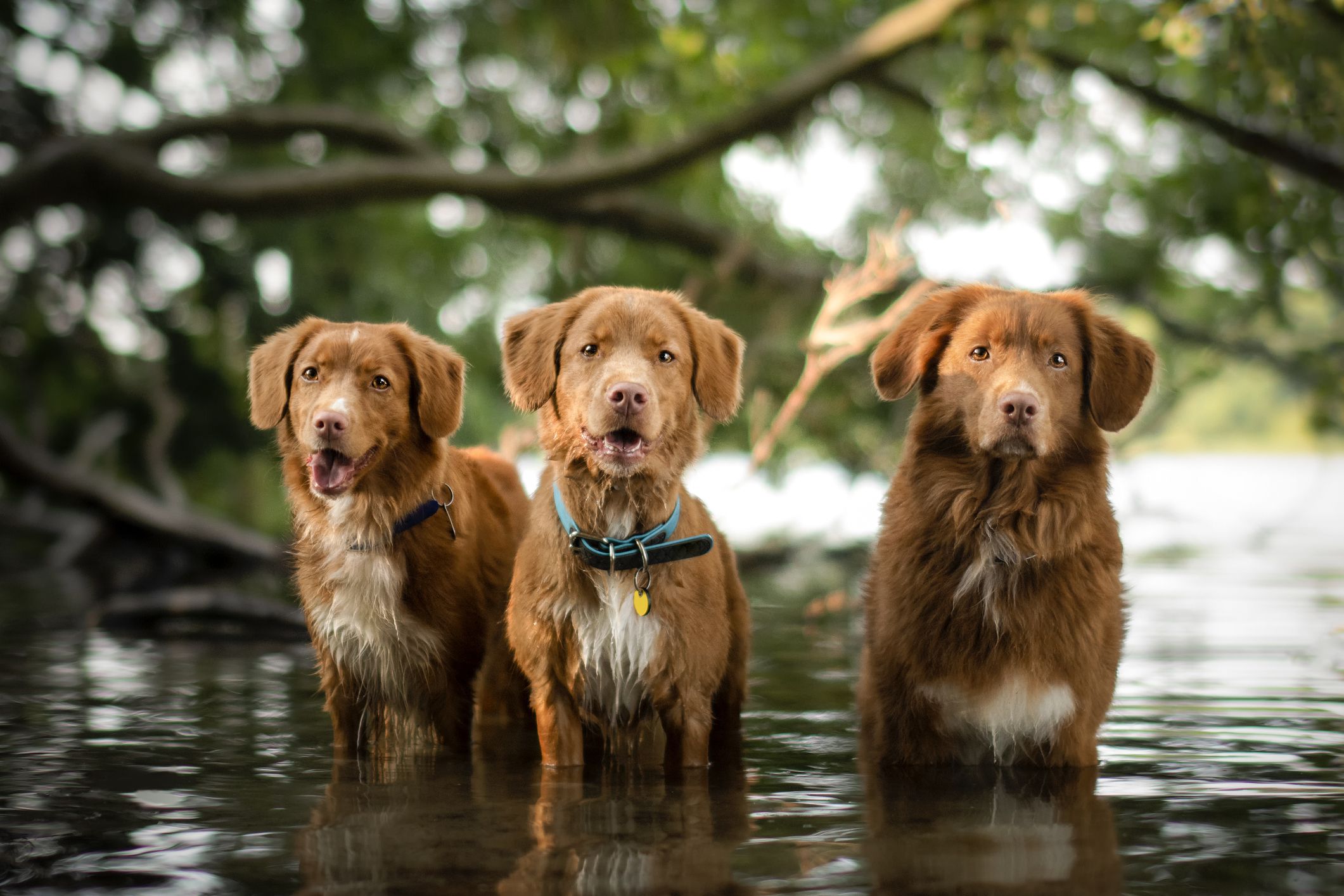Key Takeaways:
- Supervision is crucial when dogs are near a pool to prevent accidents and ensure their safety.
- Not all dogs are natural swimmers, so it's important to introduce them to the water gradually and provide them with proper swimming lessons if needed.
- Dogs should wear life jackets or floatation devices when in the pool, especially if they are not strong swimmers or have health conditions that affect their mobility.
- Pools should be properly fenced and secured to prevent unsupervised access by dogs, reducing the risk of drowning or other accidents.
- Regular pool maintenance is essential to keep the water clean and free from harmful chemicals that can be dangerous for dogs if ingested or absorbed through their skin.
Are you a dog lover who enjoys spending time by the pool? If so, then this article is a must-read for you! Discover the hidden secrets of dogs and the pool, and unlock a world of knowledge that will not only benefit your furry friend but also enhance your own poolside experience. From understanding how to keep your dog safe around water to discovering fun activities you can enjoy together, this topic is essential for any dog owner or pool enthusiast. So dive in as we explore the fascinating relationship between dogs and the pool, uncovering valuable insights that will leave you barking with excitement.
Why is it important to supervise dogs near a pool?
When it comes to dogs and pools, supervision is crucial for their safety. Dogs may be curious creatures, but not all of them are natural swimmers. Without proper supervision, they can easily get into trouble in the water. For example, a dog that jumps into a pool without knowing how to swim could panic and struggle to stay afloat. This can lead to exhaustion or even drowning.
Additionally, dogs can accidentally slip and fall into the pool while playing around it. This is especially true for smaller breeds or older dogs who may have difficulty navigating slippery surfaces. By supervising your dog near a pool, you can quickly intervene if they get too close to the edge or show signs of distress in the water.
The role of supervision
Supervision involves keeping a close eye on your dog at all times when they are near a pool. It means being present and attentive so that you can react immediately if any potential dangers arise. Here are some important reasons why supervision is necessary:
- To prevent accidents: Supervision helps ensure that your dog doesn't accidentally fall into the pool or get too close to the edge where they could slip and injure themselves.
- To provide assistance: If your dog does end up in the water and needs help, you'll be there to rescue them promptly.
- To monitor swimming ability: Not all dogs are strong swimmers, so by supervising them, you can assess their swimming skills and provide guidance if needed.
- To discourage drinking pool water: Some dogs may try to drink from the pool, which can lead to ingestion of chemicals or bacteria. Supervision allows you to prevent this behavior.
Tips for supervision
To effectively supervise your dog near a pool, here are some tips to keep in mind:
- Stay within arm's reach: Always be close enough to reach your dog quickly if needed.
- Keep distractions minimal: Avoid getting engrossed in other activities or conversations that might divert your attention from your dog.
- Use barriers or fences: If possible, create physical barriers around the pool area to prevent unsupervised access.
- Teach pool safety commands: Train your dog to respond to commands like "stay" or "leave it" when near the pool.
Important safety precautions for dogs swimming in a pool
Supervision is key
When allowing your dog to swim in a pool, it is crucial to supervise them at all times. Even if your dog is a strong swimmer, accidents can happen. Keep a close eye on your furry friend and be ready to assist if needed.
Teach your dog pool manners
Before letting your dog jump into the pool, it's important to teach them some basic pool manners. Train them to enter and exit the pool using designated steps or ramps. This will help prevent injuries and make their swimming experience safer.
Provide life jackets for extra safety
If you have concerns about your dog's swimming abilities or if they are new to swimming, consider using a canine life jacket. These jackets provide buoyancy and support, ensuring that even if your dog gets tired or encounters difficulties, they can stay afloat.
How to teach a fearful dog to swim
Start with shallow water
If your dog is afraid of water, start by introducing them to shallow water first. Gradually increase the depth as they become more comfortable. Use positive reinforcement techniques such as treats and praise to encourage them.
Use toys as motivation
To help build confidence in the water, use toys that float as motivation for your fearful dog. Toss the toy into the water and encourage them to retrieve it. This will create positive associations with swimming and gradually reduce their fear.
Note:
Not all dogs may overcome their fear of swimming, and that's okay. Respect their boundaries and never force them into the water if they are genuinely terrified.
Which dog breeds are good swimmers?
Some dog breeds naturally excel at swimming due to their physical characteristics. Here are a few examples:
Labrador Retrievers
Labrador Retrievers are known for their love of water and excellent swimming abilities. Their webbed paws and water-resistant coat make them natural swimmers.
Newfoundlands
Newfoundlands are large, muscular dogs with a thick double coat that provides insulation in cold water. They have powerful strokes and are often used in water rescue operations.
Golden Retrievers
Golden Retrievers have a strong affinity for water and were originally bred for retrieving game from lakes and rivers. Their dense, water-repellent coats enable them to swim comfortably.
Can dogs get tired from swimming? Signs to watch for
While swimming is an enjoyable activity for most dogs, they can indeed get tired, just like humans. Here are some signs to watch out for:
Excessive panting
If your dog starts panting heavily after swimming, it may be a sign of fatigue. Allow them to rest and provide fresh drinking water to prevent dehydration.
Lack of coordination
When a dog becomes tired from swimming, their movements may become uncoordinated or sluggish. If you notice your dog struggling to paddle or having difficulty staying afloat, it's time to take a break.
Note:
Always monitor your dog's energy levels during swimming sessions and never push them beyond their limits. Remember that not all dogs are natural swimmers, so be mindful of their abilities.
Potential health risks of dogs swimming in pools
While swimming can be great exercise for dogs, there are some potential health risks associated with pool swimming:
Chlorine exposure
Pools often contain chlorine or other chemicals that can irritate a dog's skin and eyes. Rinse your dog with fresh water after swimming to remove any chlorine residue.
Ear infections
Moisture in the ears after swimming can create a breeding ground for bacteria, leading to ear infections. Dry your dog's ears thoroughly after swimming or consider using ear drying solutions recommended by your veterinarian.
Accidental ingestion of pool water
Dogs may accidentally ingest pool water while swimming, which can upset their stomachs. Keep an eye on your dog and discourage them from drinking excessive amounts of pool water.
Remember, taking necessary precautions and being aware of these potential risks can help ensure a safe and enjoyable swimming experience for your furry companion.
In conclusion, it is important to keep dogs safe around pools by supervising them at all times and teaching them how to swim. Providing a pool safety fence and using life jackets can also help prevent accidents and ensure a fun and enjoyable time for both the dog and their owners.
Is it OK for dogs to go in swimming pools?
This question is frequently asked, so let's address it. The answer is straightforward: dogs can safely swim in backyard swimming pools, regardless of whether the pool uses chlorine, saltwater, or mineral systems. In fact, many pool owners enjoy swimming with their dogs and encounter no significant problems.
How do you make a pool safe for dogs?
A dog pool ramp is specifically created to assist dogs in safely getting out of the water while swimming with their owners or if they accidentally fall into the pool. There are also other products available, such as safety pool covers and pool fences, that can help prevent unintended splashes, particularly during colder months when the pool is not in use.
How bad is chlorine for dogs?
In general, the chlorine levels in swimming pools are typically low and not harmful to dogs in small quantities. However, it is important to note that excessive consumption of chlorinated water can be problematic for dogs. This can cause irritation, resulting in symptoms such as vomiting and erosion of the esophagus.
Should I just throw my dog in the pool?
Avoid throwing your dog into water as it can be a traumatic experience and cause a long-lasting fear of water. Even if your dog is scared of water, it's important to teach them how to safely exit a pool using the steps. Additionally, it is recommended to wait at least one hour after eating before allowing dogs to swim in a pool.
Do I need to wash my dog after the pool?
After your dog goes swimming, it is recommended to wash or even bathe them. This helps remove any bacteria that may have accumulated on their fur from the water. Bathing also gets rid of any chemicals and helps relieve any discomfort caused by chlorine, sand, or other debris.
Will my dog rip my pool liner?
Dogs rarely cause any harm to fiberglass and concrete pools, but their claws can puncture a vinyl liner. It is preferable to have large steps and a tanning ledge for them. Using salt chlorine generators is gentler on their fur and eyes compared to traditional chlorine.

















